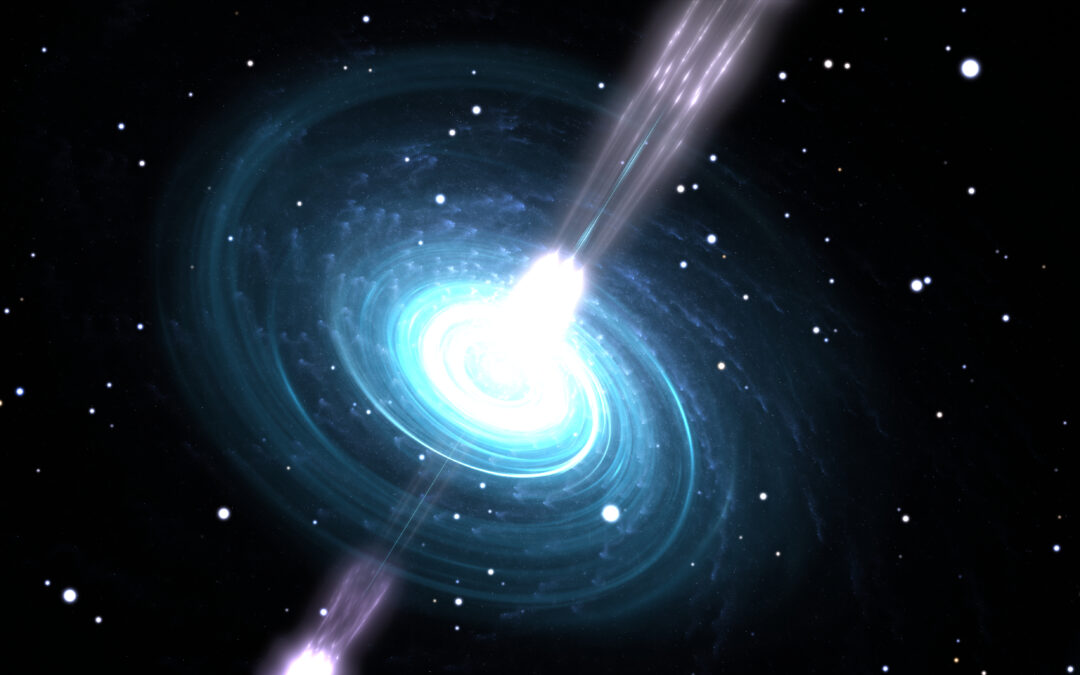Image: Shutterstock
What’s New: Revived interest in celestial navigation, but with a very high tech bent.
Why It’s Important: GPS/GNSS is easy to disrupt through denial (jamming), hacking (spoofing), or with accidental interference. And there are both natural and man-made hazards and threats to satellites.
What to Know:
- As the article points out, celestial navigation is one of the oldest methods. Technology makes it much easier and more accurate.
- The researchers say they could perhaps use pulsars for timing on the order of milliseconds. Not bad, but most technology needs a a microsecond or better.
- A celestial nav & timing system might be more resilient than GPS/GNSS. But it might not. This will need to be aggressively red-teamed.

From Polaris to pulsars: Navy eyes celestial navigation as GPS alternative
Pulsar-based PNT could be used in cislunar space — where the Space Force already is eyeing future operations — or farther out into the solar system where GPS signals do not reach, explained Paul Ray, NRL’s head of high energy astrophysics and applications.
WASHINGTON — Just as medieval mariners used the North Star as focal point to traverse the open ocean, future astronauts and spacecraft may well rely on pulsars for positioning, navigation and timing (PNT) in deep space — a capability now being honed by researchers at the US Naval Research Laboratory.
“There’s been celestial navigation forever, mainly looking at the angles of stars. That’s how a sextant works or tells you where the stars are. This is a different one: it’s using clocks in space,” Paul Ray, head of NRL’s High Energy Astrophysics and Applications Section, told Breaking Defense in an interview Monday.


